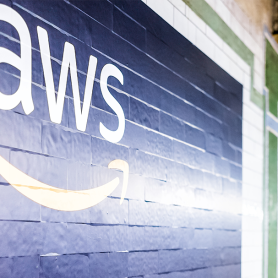Getting the Most Out of MuleSoft and AWS
MuleSoft is a market-leading tool for APIs and integrations, and MuleSoft’s strengths play well as a leader in the integration space. Knowing this, combining
Government Cloud Monitoring Best Practices for Hybrid Runtimes
Government agencies need end to end observability for API infrastructure that processes citizen data supporting key agency missions. Agencies must meet the US federal
MuleSoft Government Cloud obtains 40+ ATOs from US Government agencies
As of February 2022, MuleSoft Government Cloud achieved a major milestone, officially obtaining over 40 different U.S Agency Authorizations (also known as an ATO
Designing for API portability across a hybrid/multi-cloud strategy
Many businesses are adopting an API-led integration strategy to drive agility and flexibility to meet changing market requirements. This allows them to connect an
What is iPaaS? Explaining integration platform as a service
Businesses are feeling the ever-increasing pressure to deliver on digital experiences for their customers. Whether that’s financial services providing enhanced digital payments, healthcare organizations
Everything you need to know to migrate from Mule 3 to Mule 4 from Air Canada
There are several steps that go into updating a CloudHub-hosted runtime engine, including security updates and data patching that are applied directly to the
Announcing AWS Transit Gateway support for Anypoint VPCs
Customers use CloudHub for various use cases: deploying sophisticated cross-cloud integrations, creating APIs on top of existing data sources, or integrating on-premises applications with
Your guide to government cloud FedRamp and DOD impact levels
FedRAMP is a government-wide program that promotes the adoption of secure cloud services across the federal government by providing a standardized approach to security
Real-time monitoring of CloudHub applications using PagerDuty and Slack
Sravan Kumar Vazrapu, a Lead Member of Technical Staff at Salesforce, shared how to use Slack and PagerDuty to monitor CloudHub apps in real
Extending Runtime Fabric to different regions using Amazon EKS and CloudFront
Anypoint Runtime Fabric can now run on a variety of managed container platforms — Amazon Web Services, Microsoft Azure, and Google Cloud Platform — opening






















